4. Code Red (What to do)
Steps and specific actions to take when air pollution becomes hazardous, aka a Code Red Alert.
When Boxy (nickname of our pollution station that doubles as a decorative color lamp) turns purple or red, people need to know what they can do to improve the air quality. Here is a checklist of steps you can take to protect yourself and help reduce effects during Code Red Alerts.
4.1. Stay Indoors
When air pollution reaches hazardous levels, everyone is affected and should NOT go outside. Stay indoors, where air pollution is typically much lower if your place is properly isolated.
4.2. Protect yourself indoors
During a Code Red Alert, air quality will typically lower inside. However, during an alert, the air quality inside will still be higher than usual since air pollution from outside can still enter homes and buildings, especially older ones with poor insulation. Here is an example of showing that the indoor air pollution was nearly 70% as of the pollution outdoors (those above are usually smokers).

Invest in an air purifier designed for PM pollution
The first step to cleaning the air indoors is to get an air purifier. They implement various technologies to clean the air, such as ionizers, carbon filters, UV, etc, but the only air purifiers that target PM pollution are those with HEPA filters combined with a powerful fan. HEPA filters are specifically designed for PM pollution and stand for HighEfficiency Particulate Air filters. They are certified to remove 99.97% of particles 0.3 μm and up (PM 0.3+).
An example of the purifier we use in Sarajevo offices is the Beurer LR-300 which has a HEPA filter, carbon filter, and UV filter. It costs 90 EUR, it is available locally in BBI and can clean rooms up to 35 m². During a Code Red Alert, however, it is only able to clean 1 small room, others HEPA filter air purifiers may be more effective, expensive and if your home is more air-tight.
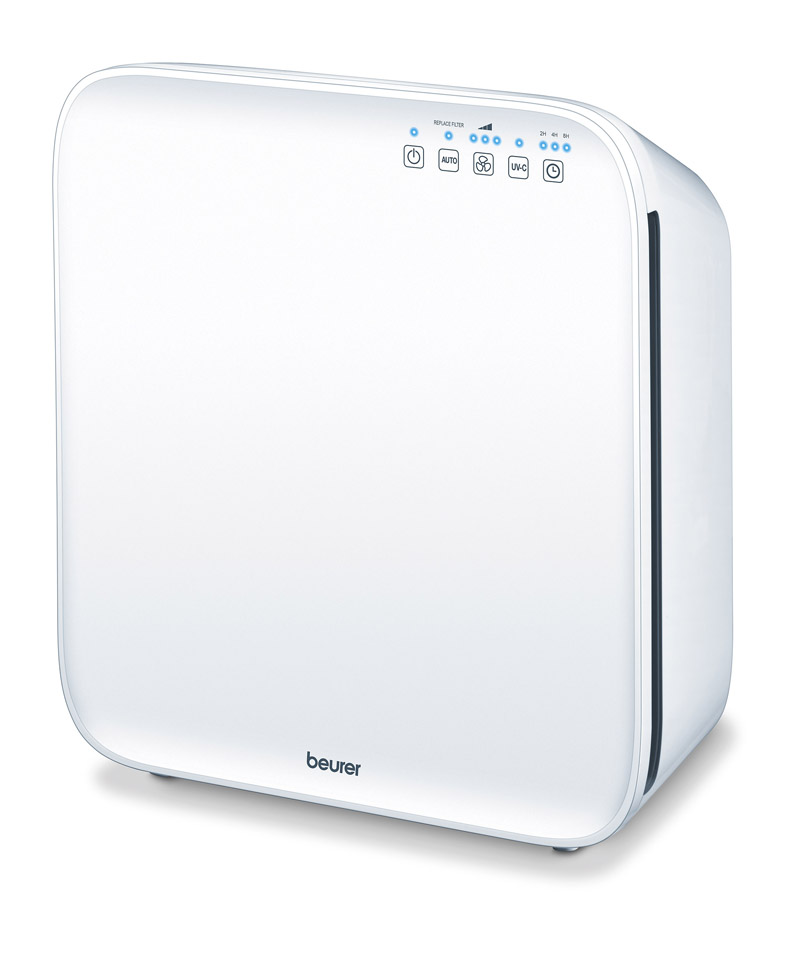
Another example of a very effective air purifier is Xiaomi PRO. It costs 250 EUR, it is available locally and can clean rooms up to 60 m².

DIY air purifier
In China, not everyone can afford a fancy expensive air purifier, so a few people decided to build their own using only a HEPA filter attached to a fan. This is really what is inside of fancy plastic. So if you have a fan, order filter and hack away. Here is what it looks like:
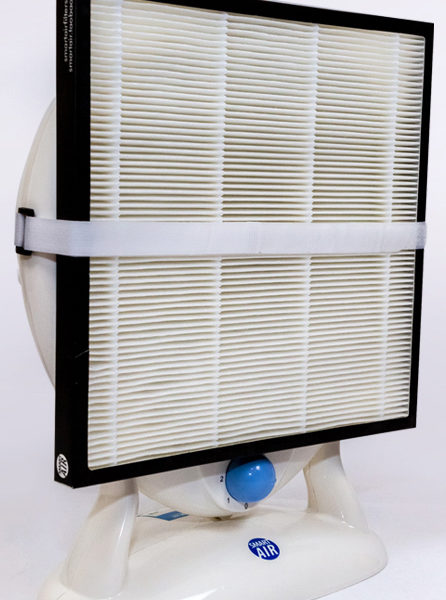
Replace/Clean the Filter Regularly
Air filters must be cleaned and/or replaced regularly, as they lose effectiveness over time as they become clogged with pollution. How often to replace it/clean it depends on how many hours you are using it and the size of your HEPA filter.
The Beurer purifier we use has a light that illuminates when the filter needs to be cleaned. It can then be cleaned with a vacuum a few times before replacement. The Chinese blog Particle Counting ran tests on their DIY air filter and showed that their filter was only 50% as effected after 140 days (running 8 hours/day) and should be replaced.

The easiest way to test your air filter is to use Boxy and the mobile app. Turn on the air purifier in a small room and close the door. If the air quality doesn't improve after a couple of hours, you probably need to change your air filter.
Keep doors and windows shut and make them leak-proof
If you buy a new air purifier and don't notice the air quality improving much, it might be because of too much-polluted air leaking indoors through cracks in the doors and windows. The air filter can only clean a certain amount of air per hour, and air might be leaking inside faster than the purifier can clean it. The best way to prevent this is to plug Boxy into your computer or portable battery and hold it near any windows or under doors where air might be coming in. Boxy will change colors if there is a leak and you can see exact information on your computer or mobile app.
Once you have found where the air is leaking, you can take the steps to seal off the windows and doors. There are several ways to do this:
Install weather stripping: strips of adhesive foam or rubber that are installed around door jambs and where windows shut. There are various types of weather stripping, depending on the nature of the leak:

It is very easy to install, you just peel off the adhesive backing and stick it to your door jamb. Details here.
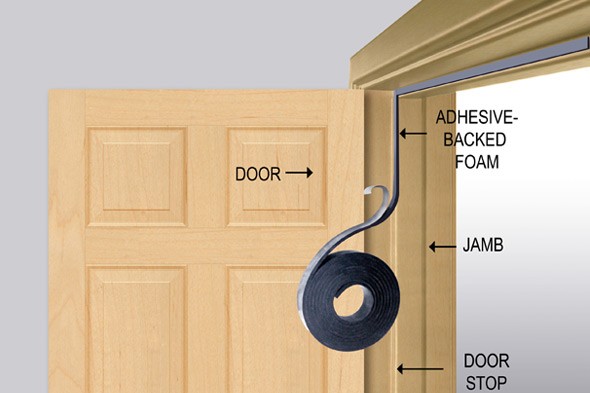
Now do the same for your leaking windows.
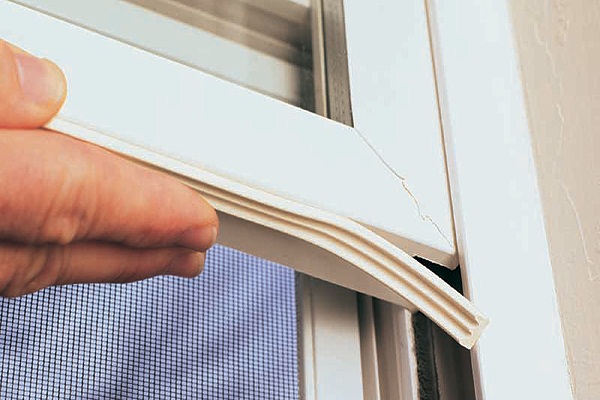
If you have large gaps under any external doors, you can install a rubber door bottom seal.
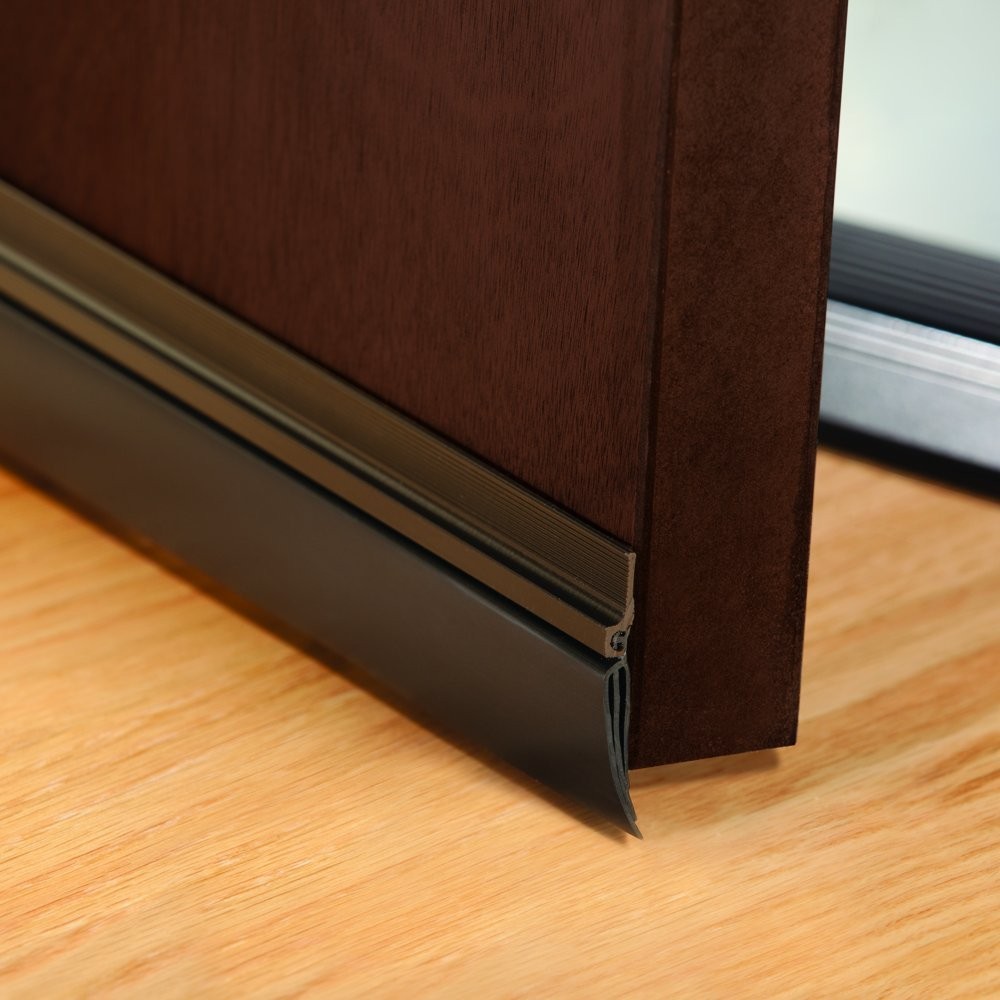
Finally, you can seal off any cracks in the windows or walls with silicone and a caulking gun. Follow the steps here.
You can use clear silicone for most things, except anything you might need to paint later. For example, if you have cracks in your walls around a door, you can seal it white acrylic caulk, which you can paint over.
4.3. If you must go outside, wear a certified mask
It's is not always possible to avoid going outside completely, especially since Code Red Alerts can last many days, even weeks. When going outside, it is imperative that you protect yourself with a certified mask. Many people are incorrectly wearing surgical masks, cycling masks, uncertified dust masks, or even using their scarves or a handkerchief. However, many of these offer limited protection. Only masks certified with the labels N95 (US standard), or *EN-149 FFP2, or EN-149 FFP3** (Europe) have been tested to be effective against small particles. Here is an example of how certified dust respirators are much more effective than other methods.

Penetrance of commercially available filters: 3 M Dust Respirator 8812, Dust Respirators A and B, Cyclist Masks A to D. The Teflon filter is an industry standard filter for aerosol studies included as a control. Cotton handkerchiefs and surgical masks are often seen worn in public areas in parts of Asia. More here.
What features to look for in a mask
- Nose clip. This is how the mask seals out air pollution.
- 2 rubber bands. Masks with only 1 band won't create a seal and aren't certified
- Valve: Plastic piece built into the mask that reduces exhalation resistance, making it easier and cooler to breathe
- Total mass loading/filter capacity: Although disposable masks should be used only once, they still have different lifespans. Ones with higher total mass loading will last longer (e.g. 200 mg total mass loading = filter can hold up to 200mg).
- Filter efficiency: the ability of the filter to remove particles (e.g. 99% filter efficiency will remove 99% of particles size .3 micron and up)
- High NPF: Masks are rated by their NPF ( Nominal Protection Factor ), or the maximum concentration of pollution the mask can be used in. TLV/WEL = Total limit value and workplace exposure limit are the minimum legal levels the mask must protect you from. 50x TLV means the mask can protect you in 5000mg/m2 of pollution, or 50x the legal limit.
- Reusable: mask filter is washable or replaceable
- Foldable: allows masks to fold nicely in your pocket when going outside
- Seamless: masks a large vertical seam in the center are aesthetically less pleasing than the seamless version
Reusable vs Disposable Masks
Like all air filters, the filter on dust masks is only good for a limited amount of usage. Disposable masks are designed to be used only once because the capacity of the filter is small and can't be cleaned or replaced. Since you'll only be wearing it for a limited time, you could probably get away with using them several times. Just be aware that filter will become ineffective quickly on disposable masks and must be disposed.
Reusable masks usually look like the radioactive gas masks in the movies but there are models available that look similar to the disposable masks. They are designed to be used more than once and are washable. Only use masks certified with the letter 'R' for reusable. Since filters can clog, reusable masks must also pass the Dolomite test for clogging - indicated by the letter ‘D’ printed on the mask. Here is an example of a reusable mask:
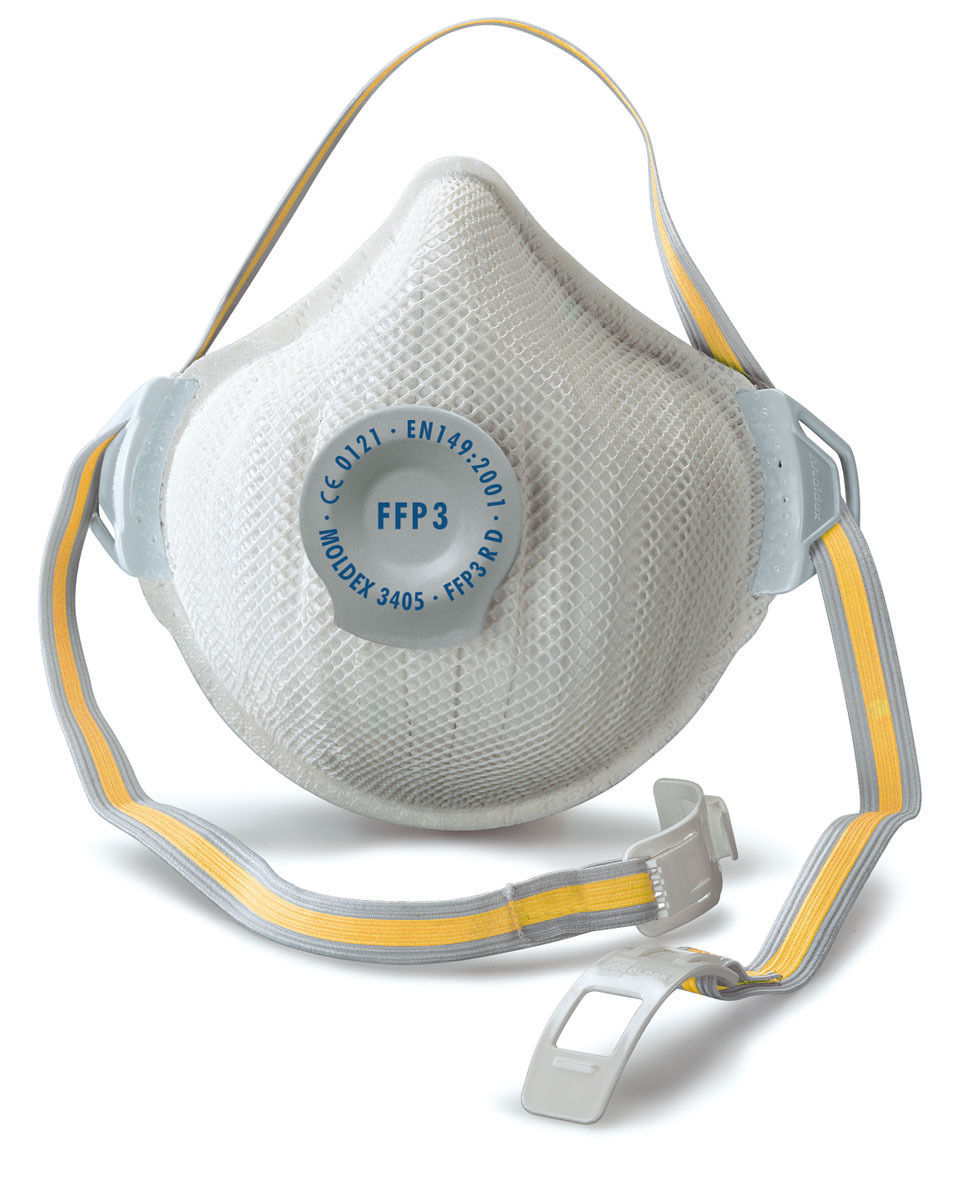
Understanding Protection Levels
Don't just blindly buy a mask, learn what protection you're buying. For example, FFP3 masks offer twice the protection of FFP2 masks and 20x the protection of uncertified masks.
Protection Levels Europe
The European EN149: 2001 FFP law requires all respiratory equipment for particulate matter be test and certified to either FFP1, FFP2, or FFP3 protection levels. Only FFP2 and FFP3 are appropriate for protection against high levels of PM pollution.
FFP1: 4x WEL/TLV (Workplace Exposure Limit), > 80% Filtering Efficiency
FFP2: 10x WEL/TLV (Workplace Exposure Limit) > 94% Filtering Efficiency
FFP3: 20x WEL/TLV (Workplace Exposure Limit) > 99% Filtering Efficiency
R [Re-Usable] the FFP can be used for more than one shift
D These masks have passed the optional Dolomite Clogging Test. Better breathing resistance for longer.
Protection Levels USA:
N95: 12x TLV N stands for 'not resistant to oil vapor'. 95 stands for 95% filtration efficiency of particles @ 0.3 microns and above.
Where to buy masks
Masks can be found in your local paint or hardware store with the label 'dust mask'. Remember to check for a certification stamp. Disposable masks can only be worn a few times so you'll want to look for a box of 10 or more. They are also readily available online on eBay, Amazon, and elsewhere. Search for 'buy N95 dust mask', or 'buy FFP3 dusk mask' on Google.
Fit testing
Dust masks come in all shapes and sizes but are only effective if they fit the correct size and shape of your face. You may need to buy several different brands to find one that fits. USA law requires employees that use respiratory equipment to undergo fit testing. This simply means making sure the mask fits. Though there is no standard way to test this, most certified masks have an adjustable metal nose piece that should be molded to your nose bridge. This ensures a tight seal of the mask. If the mask properly fits, you should be able to go outside in a Code Red Alert and not smell any smog.
Looking Cool
Many people scoff at the idea of wear a mask or are simple too embarrassed to wear one. In workplaces with hazardous fumes, it is the law to wear a mask. Just like these people wouldn't dream of not wearing a mask at work, the particles during a Code Red Alert are just as harmful, if not worse. Just because there is no law to protect you, you are still at risk.
There are plenty of options if you want to look cool while wearing your mask. During the winter, one option is to wear a ski mask over your dust mask to conceal it. Wrapping a scarf around it also works well. Another option is to buy a more fashionable mask. Since air pollution is big in China, eBay sells lots of colors and designs to choose from on with replaceable filters. It is tricky to find certified masks that are fashionable but they are certainly out there. Here is an example:
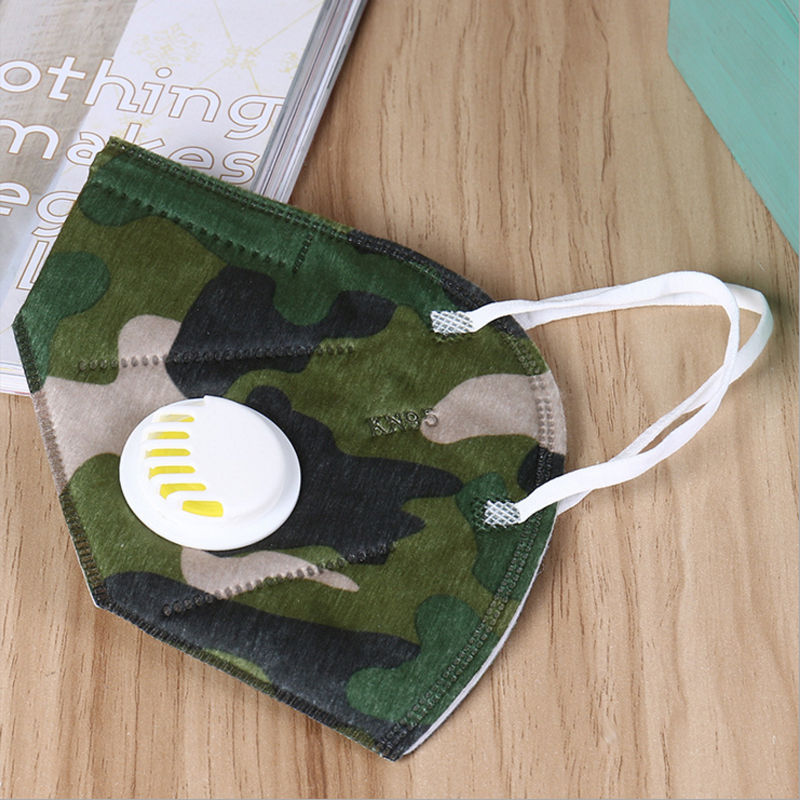
N95 certified disposable dust mask
We haven't had a chance to test these yet, but Swiss startup U-Mask is making some very stylish reusable masks certified at FFP2. They are uniquely designed so you can put a designer cover over the mask without obstructing the breathing valve. They come in a wide range of cool designs and ship worldwide for 56 EUR. Check here.



Updated almost 6 years ago
